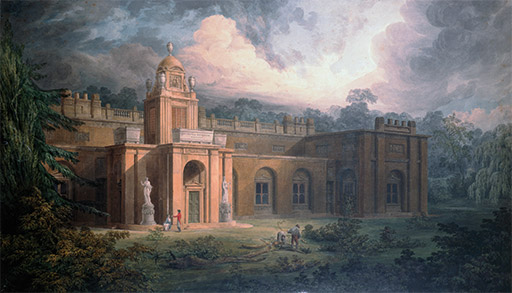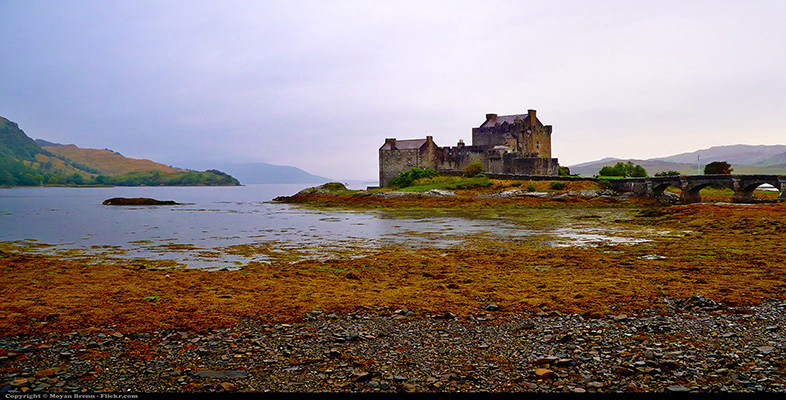Habermas and the public sphere
The emergence of a recognisably modern art world between 1600 and 1850 formed part of the development of the ‘public sphere’, as it has been defined by the philosopher Jürgen Habermas. Habermas argues that the late seventeenth century onwards saw a shift away from ‘representational culture’, which embodied and displayed the power of the ruler and nobility, as courtly art traditionally did. It was replaced by a new urban culture, the ‘bourgeois public sphere’, which was brought into existence by private individuals, that is, middle-class people like merchants and lawyers, who came together to exchange news and ideas, giving rise to new cultural institutions, such as newspapers, clubs, lending libraries and public theatres (Habermas, 1989 [1962]; Blanning, 2002). A pioneering role in this respect was played by London as a consequence of the limited power of the monarch, which meant that the court dominated culture much less than it did in France at the same time. Public interest in art grew rapidly during the eighteenth century, aided by an expanding print culture, which allowed the circulation of high-art images to an ever larger audience (see Pears, 1988; Clayton, 1997). In both London and Paris, large audiences also attended the exhibitions that began to be held during the middle decades of the century. The first public museums were established around the same time. Most were royal and princely collections opened up to the public, whether as a benevolent gesture on the ruler’s part or, in the case of the Louvre, by the French Revolutionary government in 1793 (McClellan, 1994; Sheehan, 2000; Prior, 2002). However, it was a charitable bequest from an art dealer that led to the creation of the first public art museum in Britain; housed in a building designed for the purpose by the architect Sir John Soane (1753–1837), Dulwich College Picture Gallery opened to the public in 1817 (Figure 20).

